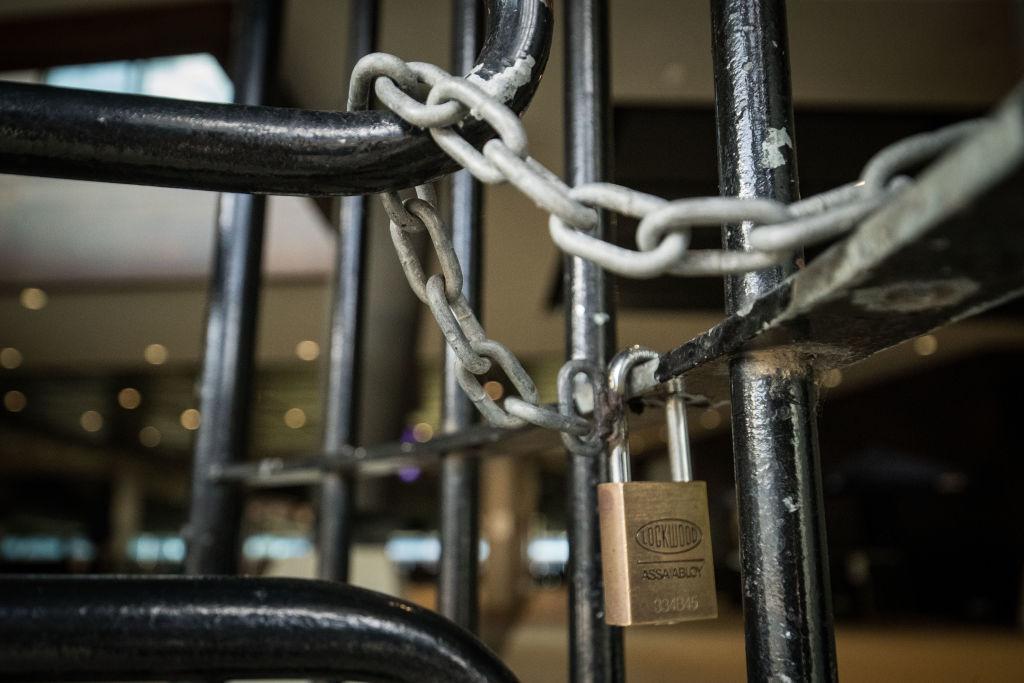Commentary
They say that immediately after World War II it was very difficult to find an Italian who had voted for Mussolini. I guess the same was true in Germany and Austria—former supporters of Hitler were very slow to own up to it.

They say that immediately after World War II it was very difficult to find an Italian who had voted for Mussolini. I guess the same was true in Germany and Austria—former supporters of Hitler were very slow to own up to it.